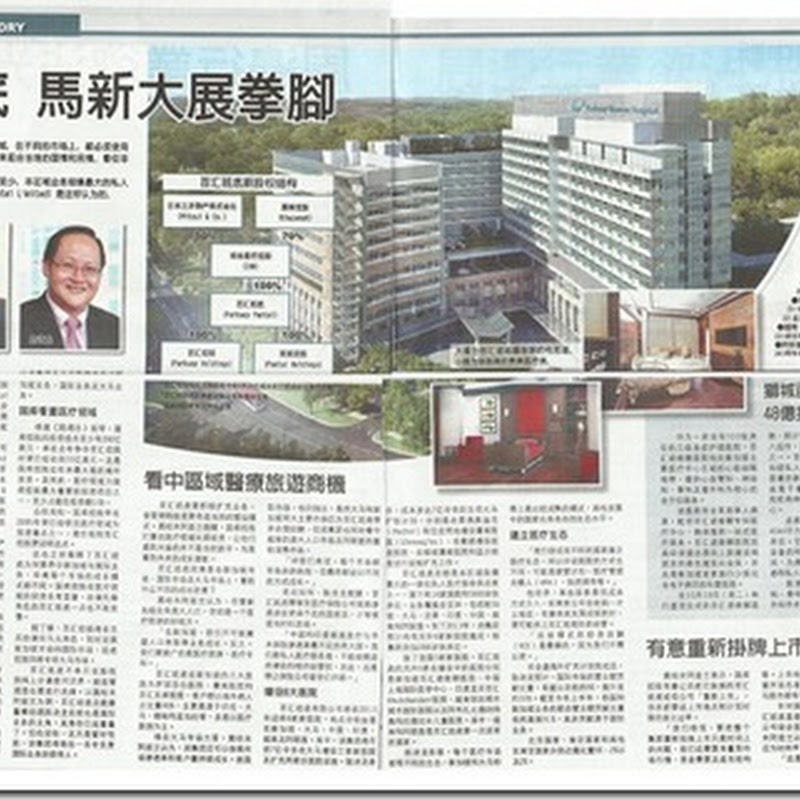Inet Research ...
1. Recent Developments
- GWP Holdings recently held an analysts’ briefing in conjunction with its 4QFY11 results.
- Overall sales volume increased 12.4% to 46,926 mt in FY11 boosted mainly by the commencement of a new stretch line since 3QFY11, additional facilities in new factory block and higher sales of value-added printing products.
- While sales volume of stretch film expanded by 26.7% to 21,399 mt in FY11, sales volume of blown film was flattish at 25,527 mt.
- Exports, which accounted for 58% of its total turnover in FY11, were the key driver to sales growth in
FY11. Its key export markets are Japan and South Korea, which grew by 32.2% and 24.8% due to strong
demand for stretch film. Reflecting the slower growth of blown film, domestic sales only increased by
2.4% in FY11.
- The 25.8% growth in cast sales was driven by new cast capacity. The decline in overall gross margin was
due to the following factors:
o Start-up expenses arising from the relocation to new factory,
o Higher depreciation on the new cast line while capacity was only ramped up in 4QFY11; and
o Higher raw material prices
2. Earnings Outlook
- FY12’s earnings will be driven by the full year impact of its new stretch line, better absorption of
depreciation expenses and absence of one-off items such as start-up expenses and forex loss in 4QFY11.
- Arising from stability in resin prices and increased sales mix of value-added printing activities,
profitability is also expected to improve in FY12.
- GWP Holdings has also planned to expand into laminated packaging market, which offers stronger
growth opportunities as the lamination packaging market is much larger than its existing surface-printed
packaging products.
It has committed to purchase an European state-of-the-art laminating machine that is equipped with
solvent free and solvent based capability. Existing players in this region have limited capacity in solvent
free lamination, which is experiencing higher demand due to the cost, health and environmental benefits.
The commercial production is scheduled to commence in 3QFY12.
Upon commencement of the lamination line, GWP Holdings will be the only integrated flexible
packaging provider in Malaysia with in-house blown, cast and lamination production. Its immediate
focus is to fulfil the demand from its current export customers for blown products that also require
laminated products. However, it may face some drop-off in demand from its existing customers involved
in lamination production.
- The effective tax rate dropped to 7.3% (FY11) from 13.5% (FY10) due to the capex on new factory block
and machines amounting to RM35m in FY11. With capex only limited to the laminating machine and
other smaller machines for FY12, its effective tax rate is expected to rise to 15% for FY12.
3. Valuation and Recommendation
- We are reducing our earnings forecast for FY12 by 7% to account for the higher effective tax rate. Hence,
our target price is reduced to RM0.84 sen from the previous RM0.90 by pegging on FY12 P/E of 9x. The
stock is currently trading at a P/E of 8.0x and 7.3x for FY12 and FY13.
- Assuming that FY11’s net dividend of 5 sen is maintained in FY12, the stock offers an attractive yield of
6.8% at current share price of RM0.74. Its share price is also trading at a discount to its NTA of
RM0.85/share.













































